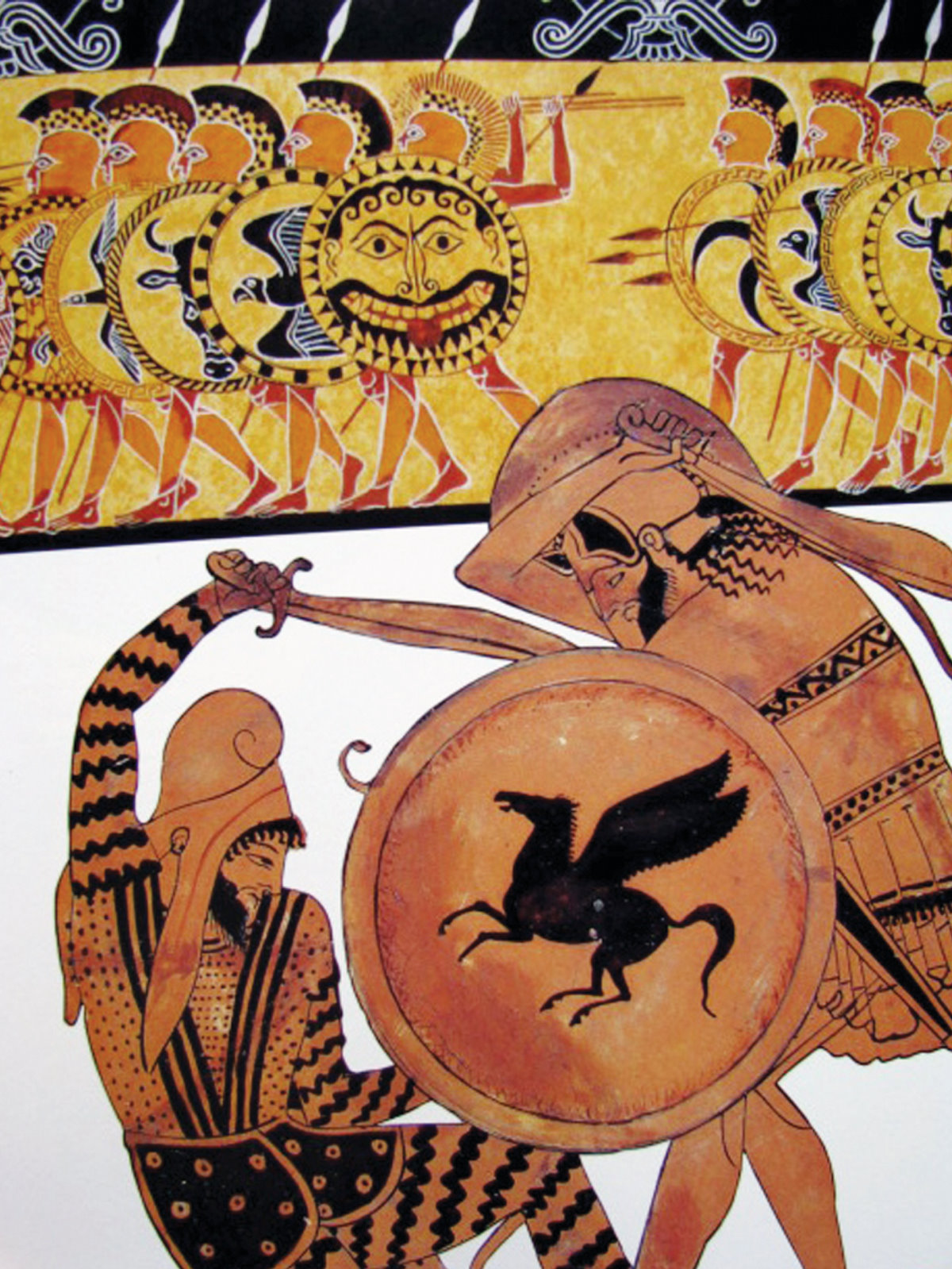The word for legend comes to Turkish from Farsi. Among the works exemplify the diverse effects of the Persian Literature on post-Islamic Turkish literature, Iranian national legend Sehna- me has a very special place. Some of the legends, people and motifs in this legend are passed on to Turkish folk literature. Despite the fact that the East is an incomparable source of legends, legends are taken as a subject of research for the first time in Europe in the early 19th century by Brothers Grimm and Philipp Carl Butmann. In these studies, a distinction is made between mythology, fables, and tales. According to these studies, mythology consists of events that talk about gods and supernatu- ral beings. Fables are composed of legends that have definite heroes at a definite time and space. Tales are stories told inde- pendent of any historical space and time and person. They start with "Once upon a time..." and continues like "and they all lived happily ever after", with events that are beyond time, space, and reality, depending on what the narrator wants to talk about.

The fables and legends of Homer have a very old tradition. The language of the legends, which developed after hundreds of years, contains various archaic words and outdated grammatical characteristics. The world of the heroes that Homer talks about does not belong to the poet's world in many ways, but goes back to even further past periods. Among the cities mentioned in the epic, Mycenaean, Tiryns, Pylos and Troy did not last after 1200s BC. The Ionian cities that emerged on the coastal Asia in the 8th century BC had not yet really been founded at the time. While swords, daggers and arrows were made of iron starting in the 8th century BC, they are said to be made of bronze in Homer's epics. Another famous poet that lived shortly after Homer also talks about an older time where iron was nonexistent and everything was made of bronze. Some of the weapons in Homer's epics go even further back, as far back as 1400 BC. What is certain is that the poet of Iliad and Odyssey is an example of a tradition that had been continued since the Mycenaean Civilization and the greatest periods of its contemporaries, Troy and Hittite civilizations.
Despite all this, can we believe that what has been told in these epics coincides with the historical events that took place in those periods, with real history? If we can, how? Was it the case that a Greek princess was kidnapped to Troy; was Agamemnon the king of the Mycenaean Empire; was Troy attacked by a large group of ships; were Aias, Odysseus, Diomedes, Akhilleus, Nestor around during the invasion of Troy; was there a ruler in Troy named Priam; did Hector and Paris join the war? This list of questions can continue.
However, we had previously mentioned that these epics and legends about heroes cannot count as history. In cases where we can cross-reference legends with written history, we see that historical events can be grossly misrepresented. It is almost impossible to reach historical facts without written documents. Legend is menkibe in Ottoman. While there is no Turkish counterpart for this word, it refers to a text that is to some extent connected to historical reality but has been exaggerated due to political reasons. In other words, menkibe has a real or realist aspect. It is especially important for political associations, and menkibe is at the same time a type of chronology of the events. We can give the example of the founding of Rome. According to this legend, Rome was founded by Romulus and Remus, who were breastfed by a wolf 750 years ago on the banks of the Tiber. When we try to make a connection between this legend and geography, we see that wolves only live in this region in Europe. Therefore this is a place where wolves live, and it is possible that some kids have been kidnapped by the wolves, as we see in history. In addition, in archeological excavations, we also find such a village on the coast of Tiber; however this small village did not grow to be Rome, and this is archeo- logically demonstrated. When we look at Romulus and Remus, we see that this story makes the city of Rome somewhat divine. For this reason, divine heroes had to be included in menkibe; and this has been accomplished by Virgil, the poet of Augustus, in his, thereby connecting the ancestry of Romans to divine heroes, the Trojans. In other words, some facts were assembled alongside other facts and a patchy divine history was created. A similar thing can be seen in the Russian Igor Bölüğü Destanı. Records for this legend were around much earlier; however all of these were burnt in the Moscow fire during Napoleon's occupation in 1812. After this, Pushkin rewrote the legend based on the burnt documents, and this legend talks about the emergence of the Russian state. In the founding events of the Ottoman Empire, we also see menkibe-like characteristics. Especially the divine historical circles in and around the town of Söğüt where the Ottoman Empire was founded get bigger and bigger; while we do not know how much of these are true, we are sure that this empire was born at a certain time and geography and it then became a great political power.